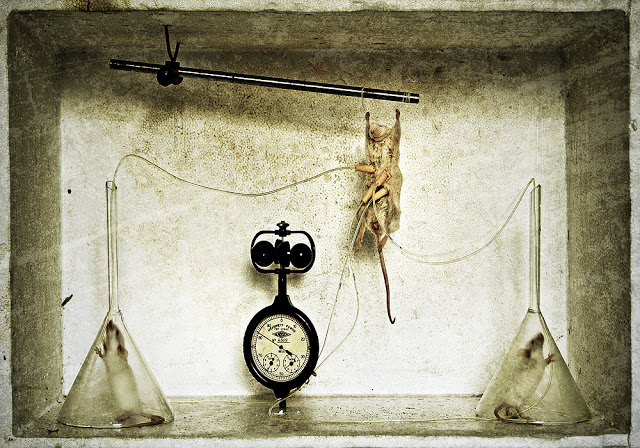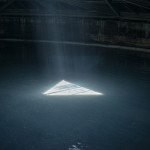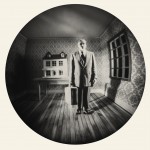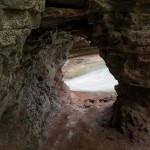Romania Week: Hajdu Tamas
Hajdu Tamas is a veterinary doctor who specializes in laboratory diagnostics. Ever since he was a child he was surrounded by the visual arts and photography. His father was an amateur photographer, sculptor and painter. Having been gifted enough for sculpting and painting, but feeling the urge of expressing his creative energy, Hajdu discovered and ended up loving photography which he began taking seriously around 2005. He has never formally studied photography.
As a child I was fascinated by the world of laboratories, this mysterious place, impossible to comprehend by the outsiders, a place where you can always discover something extraordinary. I always saw this hidden place as a fertile ground, a perfect environment to grow the grain of creation that I felt in my soul since childhood. Animated by a creative effusion, I used to change the childhood games into activities based on what I saw in the laboratories. Under my father’s careful supervision I used to do physiological experiments on frogs and I even got to create (a pair of) unicellular twins of crested newts. My passion regarding all the instruments needed in a lab resulted in several collections of test tubes and bottles in all shapes and sizes, up to rusted surgical instruments. At some point I had an impressive collection but it all disappeared in time. Those were times when I was strongly influenced by authors like Jean-Henri Fabre or Gerald Durrell, fascinated by the worlds of the living things they described in their works.
Dogs
They say that a dog is man’s best friend, that their friendship can be confirmed only by those who have a dog as a comrade.
Due to the Romanian social and economic context, it is very easy to find them in the streets. They ended up being a real danger to people, and in all the years that have passed since the Revolution, no real solution has been found to solve this situation. No city has an efficient animal shelter, able to collect the stray dogs, so the streets, especially the alleys between the apartment buildings, are full of them.
Eastern Bloc
The paint is falling off the walls; the old epochal cars are disassembled, and disoriented dogs are walking like ghosts through the dirty snow; but let’s not envisage that everything is part of a decaying surreal painting.
There is always somebody that can repaint a chipped wall, and through practical miracles ruined cars can be transformed into brand new ones, total makeovers are still possible with a little bit of imagination.
I depict the everyday life in my eastern European neighborhood, bits and pieces of a decomposing existence with its highs and lows, revealing its dual nature: the laissez-faire attitude complemented by a strong willingness to change its fate.
Posts on Lenscratch may not be reproduced without the permission of the Lenscratch staff and the photographer.
Recommended
-
The 2024 Lenscratch 3rd Place Student Prize Winner: Mehrdad MirzaieJuly 24th, 2024
-
One Year Later: Nykelle DeVivoJuly 19th, 2024
-
One Year Later: Anna RottyJuly 18th, 2024
-
The Paula Riff Award: Minwoo LeeJuly 17th, 2024
-
Anastasia Sierra and Carrie Usmar: Talking MotherhoodJuly 16th, 2024
















































































